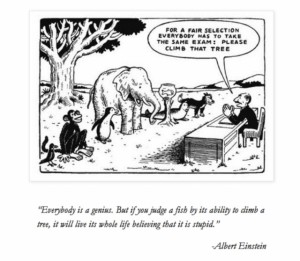The concept of Self-Guided Learning is not new. In classical Antiquity, it played a key part of the learning process. Greek philosophers like Socrates, Plato & Aristotle, and other historical figures (Alexander the Great, Ceasar, Erasmus and Descartes) experimented with auto-didactism and yielded successful results, judging by the artefacts, masterpieces and legacies they left behind.
Poor social conditions and lack of formal education opportunities prompted individuals to take ownership of their own learning. Many were unsatisfied with the education provided and would seek to further their own knowledge.
In the middle of the 19th Century, some authors celebrated self-education efforts in Great Britain and in the US. Acclaimed and well known artists, poets, writers, actors, musicians, etc would design their own learning paths.
Actual research on self-directed learning as a formal process is somewhat more recent. Knowles, an influencial thinker in the learning field (and more specifically adult learning, “Andragogy”), published Self-directed learning: A guide for learners and teachers in 1975, that provided foundational definitions and assumptions in the area of SGL. Later, Tough’s The Adults Learning Projects published in 1979 prompted further interest and research in the field. In 1986, Zimmerman explored the concept of self-regulated learning which he defined as the process whereby students activate and sustain cognitions and behaviors systematically oriented toward the attainment of their learning goals. (Shcunk, 2008)
“Knowles defines Andragogy as a process in which individuals take the initiative, with or without the help of others, in diagnosing their learning needs, formulating learning goals, identifyinghuman and material resources for learning, choosingand implementing appropriate learning strategies, andevaluating learning outcomes”(Blashke, 2012)
Learn more:

